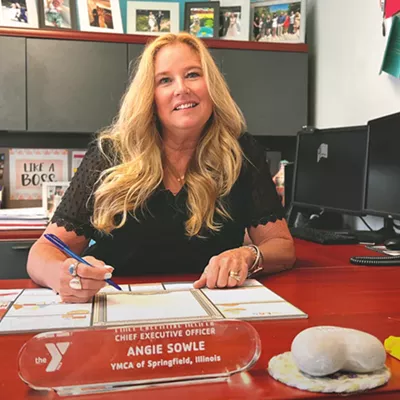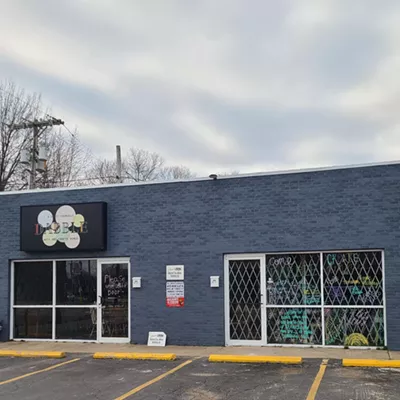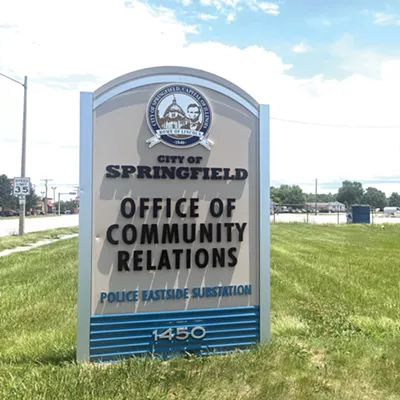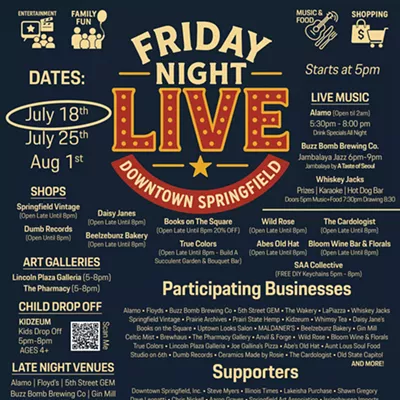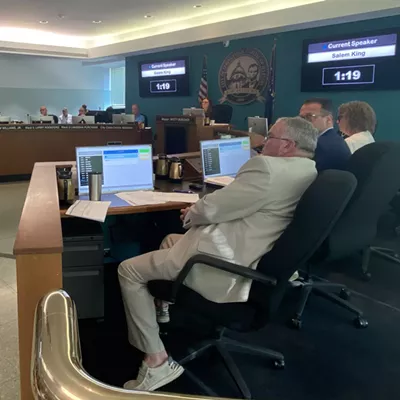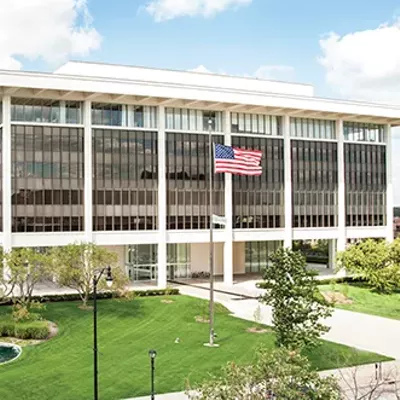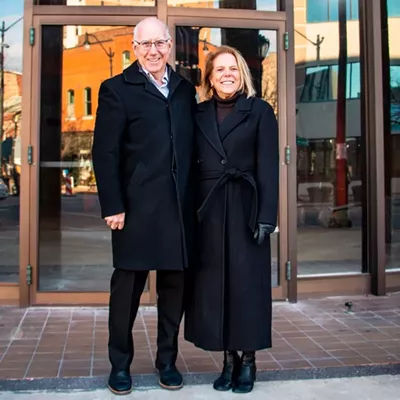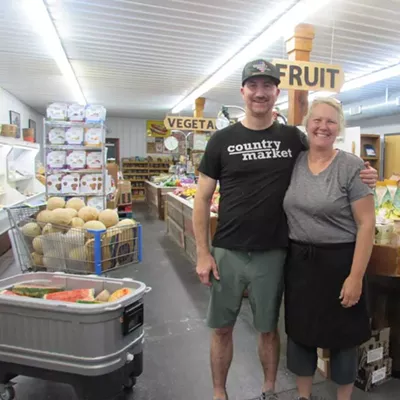By Mary Beth Stephens
One definition of art provided by Merriam-Webster.com is “something that is created with imagination and skill and that is beautiful or that expresses important ideas or feelings.” While everyone might not agree with this definition, one point is universal – art is the creation of something.
The Springfield Art Association was created 100 years ago, as the Springfield Amateur Art Study Club in 1909. In 1913, it was incorporated as the Springfield Art Club, becoming the Springfield Art Association in 1922. What began as a group of eight women intent on “creating an art atmosphere in Springfield and fostering technical development of local artists,” has grown into a visual arts organization whose mission is to “promote and support the visual arts, provide art education opportunities for the Springfield area, and preserve and interpret the historic Edwards Place and the collections of the SAA.”
The Springfield Art Association celebrated this milestone with a gala entitled “A Night of Celebration, a Century of Inspiration” on April 26th at Historic Edwards Place. Three dining experiences were offered: a five-course Victorian feast with wine pairings in the Edwards Place formal dining room, a four-course Victorian dinner and wine banquet in the Edwards Place parlor and a fiesta-style celebration in the Condell Art Studio and Michael Victor, II Library. Each dinner was filled to capacity, with 180 total attendees. Betsy Dollar, Executive Director of the SAA commented on the gala: “Several people said they had been attending events at the SAA for 40 years and this was the best thing they’d ever come to.”
“We didn’t have a lot of programming other than historic interpreters and an art demonstration, but people seemed to really enjoy themselves and the event overall,” continued Dollar.
Immediately after the gala, Edwards Place was closed to the public for a complete restoration of the first floor interior to its mid-19th century appearance. “Edwards Place is vital to us and we believe to Springfield, since it allows the public to see what domestic life was like in the Civil War era and connect to Lincoln since he courted Mary Todd here.”
This historic restoration is part of the SAA’s plans for the future: approximately $4 million in planned improvements and expansion of art class and studio space, and administrative areas. Fundraising for these projects began in 2012 for the Springfield Art Association Community Visual Art Center and is ongoing with efforts to create a glassblowing studio and sculpture workshop, expanded ceramics lab, and upgrades to the existing Condell Studio.
The first of these improvements opened to the public in January 2014 with the M.G. Nelson Family Gallery of Art. The existing art gallery was modernized with new lighting and sprinkler systems, a new floor, walls and trim, thanks to the generosity of the M.G. Nelson family. Their daughter, Tricia, was queen of the Beaux Arts Ball in 1993. Having one’s daughter named as a queen of the Beaux Arts Ball underscores a family’s dedication of time, talent and financial resources to the SAA.
As with any not-for-profit, securing funding, both for current expenses and future expansion, is an all-encompassing, constant need. Consider public school education. Budget cuts often hit the arts first or more heavily. Cuts in arts programs can steer people toward organizations such as the Springfield Art Association, increasing their financial needs.
“So what?” Some might say. With emphasis on STEM (science, technology, engineering and math) education, should the arts be ignored? “Not only do the arts encourage ‘outside the box thinking’, but it draws people to a community, improving the city’s livability,” Dollar said. The Washington Post ran an article on January 22, 2013 outlining the “Top 10 Skills children learn from the arts.” Among these were: “Creativity – being able to think on your feet, approach tasks from different perspectives” and “Problem Solving – How do I turn this clay into a sculpture? How do I portray a particular emotion through dance? All this practice problem solving develops children’s skills in reasoning and understanding.”
Colleges and universities appear to understand the importance of the arts, even for those in the science and technology. The University of Illinois College of Engineering requires its undergraduates to take six hours of humanities and the arts. While an engineering student could take history or archeology courses to fulfill this, the college understands the need to think in other ways than as an engineer. Liberal arts colleges go further, often requiring all students to complete at least one course in the arts department(s). If higher education requires students to complete courses that teach them to think from a different perspective, there must be something to it.
“Art provides both tangible and intangible benefits to people, and we like to expose the community to different art and media. We do this by hosting an art exhibition every month,” Dollar said. “The gallery is open to the public when we are open.”
These exhibitions range from artists’ work from juried art shows across the U.S. to winners of the junior high and high school Central Illinois Scholastic Art Competition. “In addition to exhibiting, we host a Scholastic Honors Day where the students spend the day at the SAA working with artists,” Dollar explained.
With the 100th anniversary gala, the Springfield Art Association ended one era and hopes to begin a new one.
Mary Beth Stephens is a free lance writer in Springfield and the Springfield High School Boys Swim Coach. She can be reached at 494-2613 or hmandmb02@gmail.com

